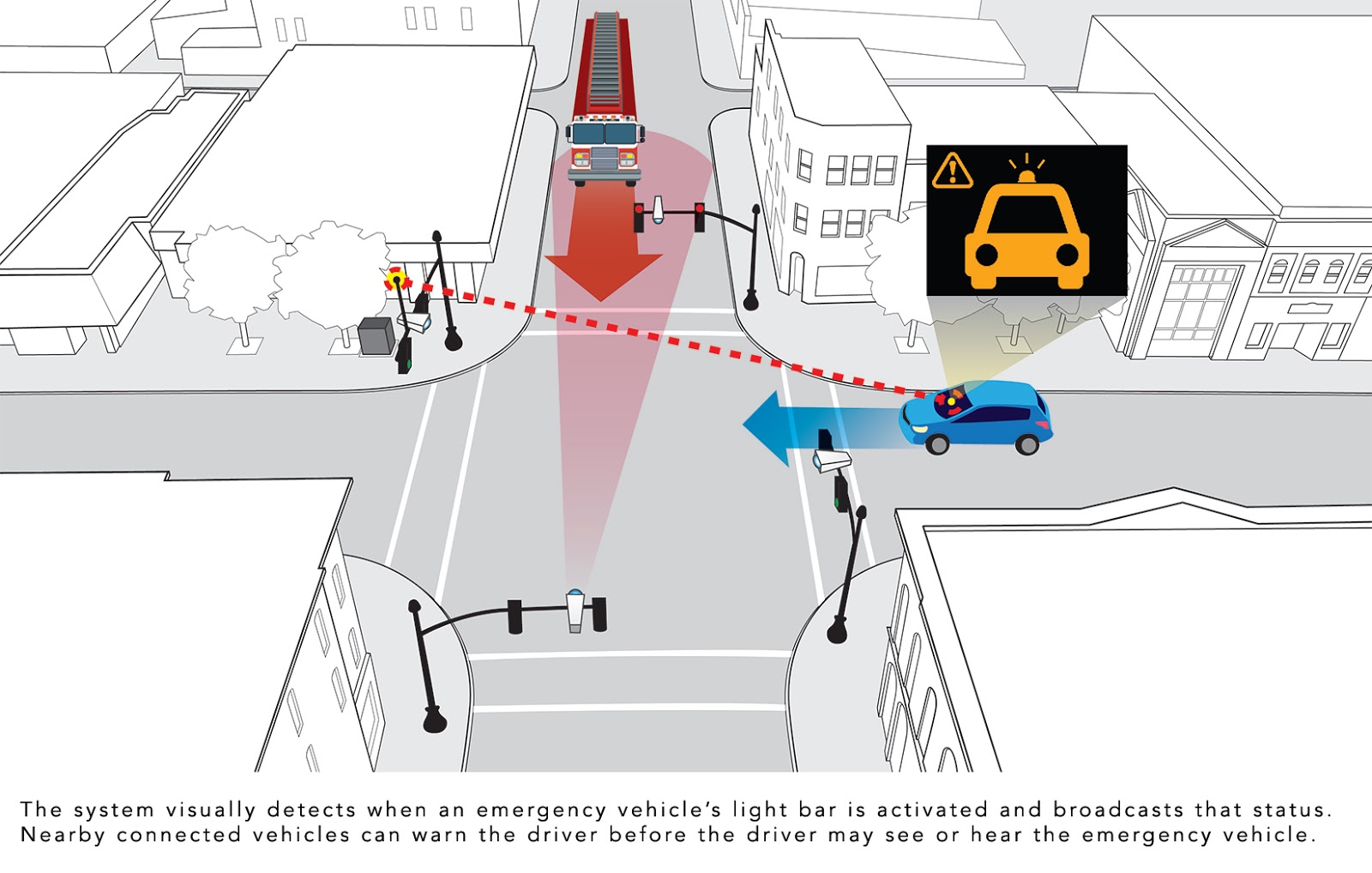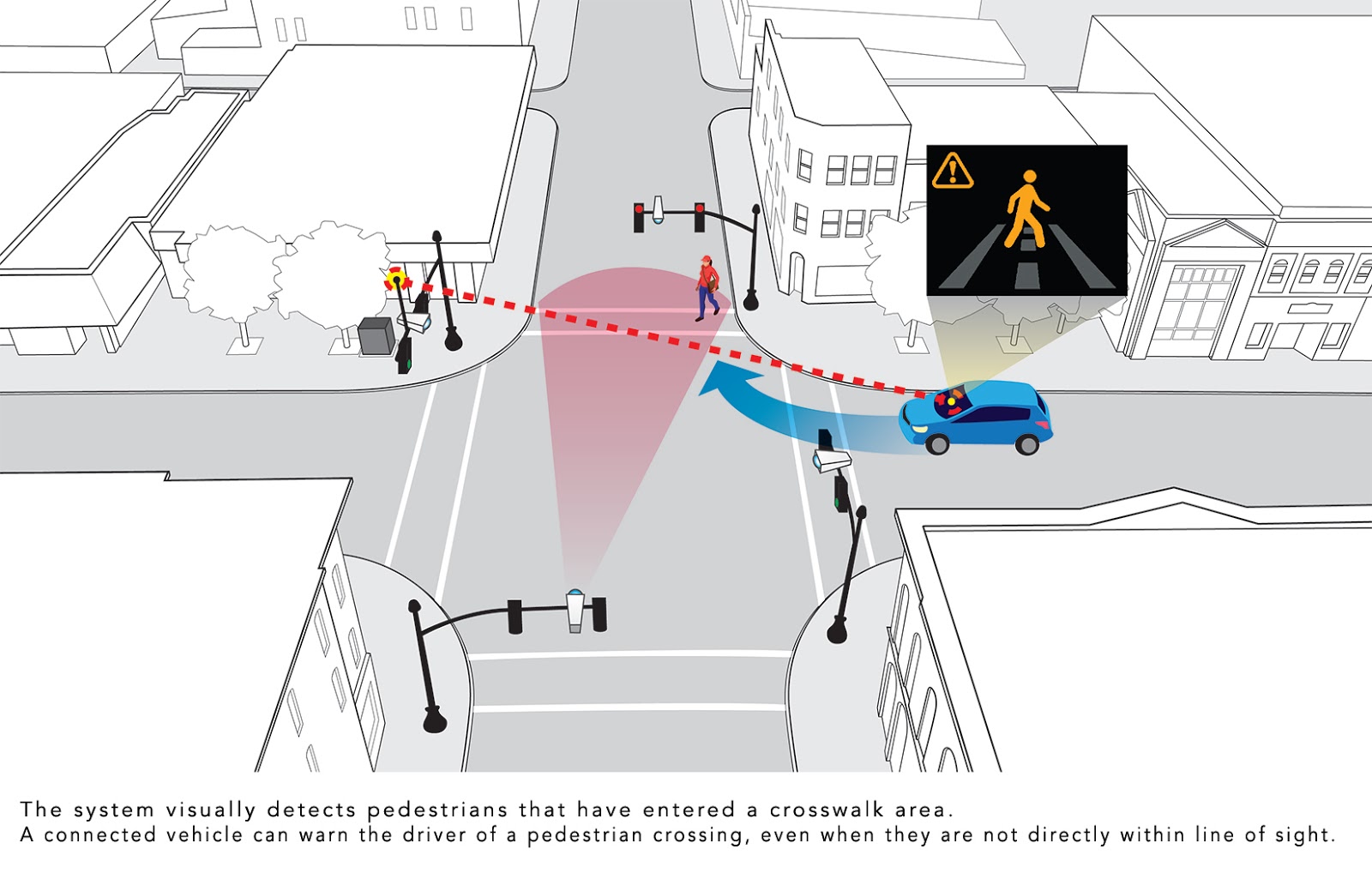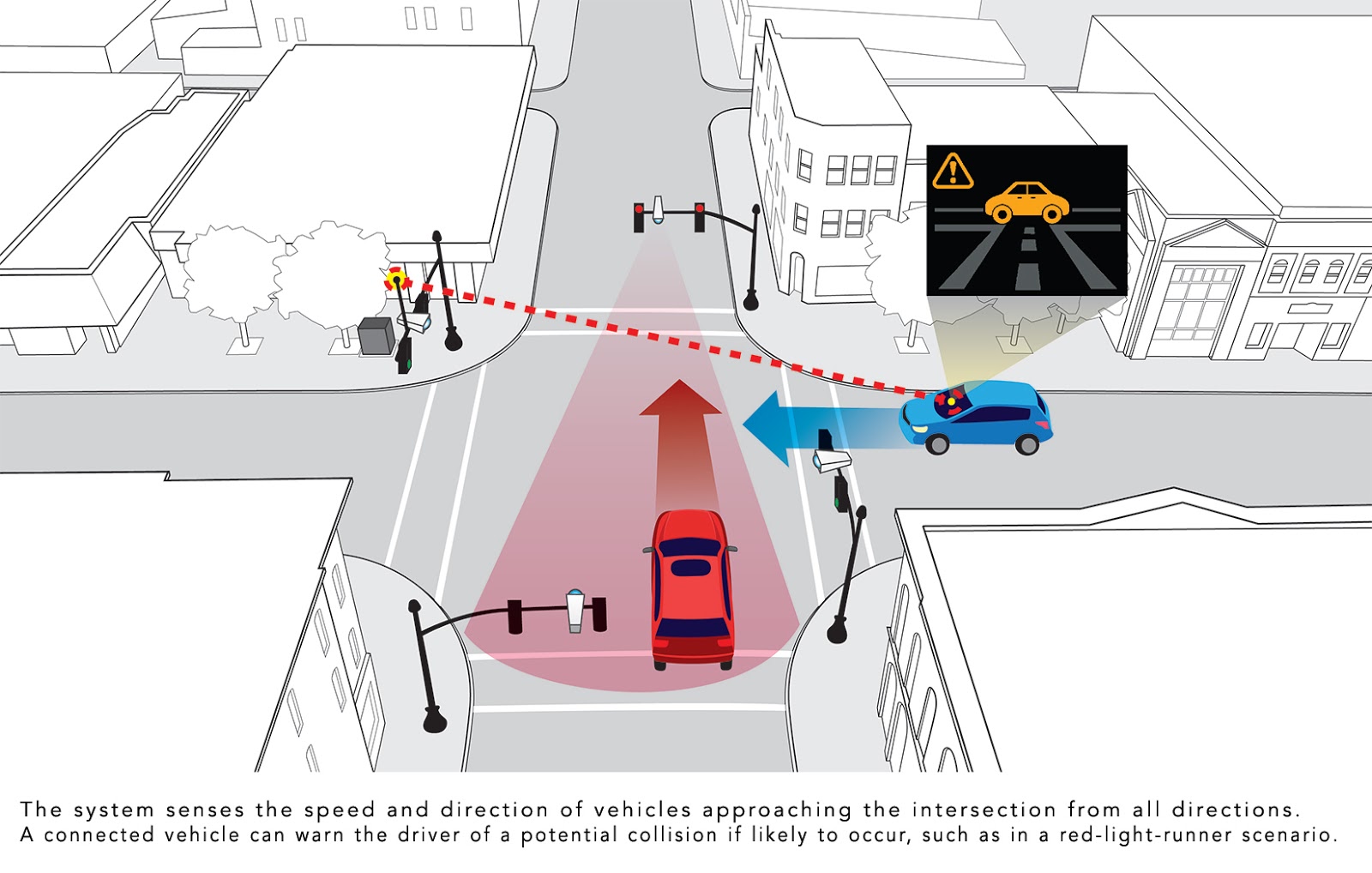- General
- October 7, 2018
- 6 minutes read
Honda’s new “Smart Intersection” tech enables vehicles to virtually see through and around buildings
Honda Honda developed a new “Smart Intersection” tech in partnership with the City of Marysville as part of the 33 Smart Mobility…
 |
| Honda |
Honda developed a new “Smart Intersection” tech in partnership with the City of Marysville as part of the 33 Smart Mobility Corridor project which it demonstrated recently with vehicle-to-everything (V2X) communication aimed at reducing traffic collisions at roadway intersections and is one of the first deployments of V2X tech in a real-world setting.
The new “Smart Intersection” technology leverages Honda’s proprietary object recognition software in concurrence with intersection-mounted cameras and V2X communications to allow cars virtually see through and around buildings and walls in various weather conditions to assist for identification and alerting of drivers to hidden hazards.
 |
| Honda |
It works through the utilization of 4 cameras mounted above the traffic lights at each corner of an intersection which captures bird’s-eye-view video of surrounding vehicles and pedestrian traffic on a 300-foot range and then transforms that to a 360-degree image which classifies vehicles and other moving objects through the use of Honda’s proprietary image processing software.
 |
| Honda |
This information is broadcast to other surrounding vehicles via a dedicated short-range communication (DSRC) signal and is then decoded by the vehicle’s on-board computer which then provides visible and audible alerts to the driver when necessary.
Honda has committed to using 200 connected vehicles for this pilot aimed at addressing the limitations of on-board vehicle sensors in addressing traffic collisions at roadway intersections which account for 40 percent of all total collisions and 20% of the nearly 35,000 traffic-related deaths that occur in the U.S. each year.
“Honda believes that V2X technology is an essential component of a smarter and safer transportation ecosystem and can play a role in our dream for a zero-collision society,” Ted Klaus, vice president of strategic research at Honda R&D said in a statement. “By partnering with the City of Marysville and the State of Ohio, we believe this research will give us a better understanding of how V2X technologies can be further advanced and most effectively deployed for the benefit of all road users.”
Honda’s pursuit for a zero-collision society is already underway and consists of advanced technologies like the Honda Sensing and AcuraWatch host of driver-assistive safety technologies already equipped in more than 1 million vehicles and also serves as a a perceptual and technological bridge to the highly-automated vehicles of the future.
These are aimed at significantly decreasing the likelihood or severity of a collision and as well serve as a step for the deployment of self-driving vehicles which Honda plans to do starting from 2020.






